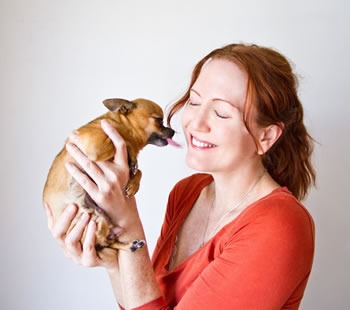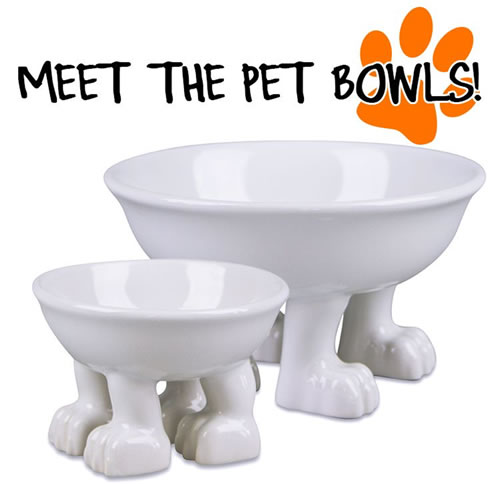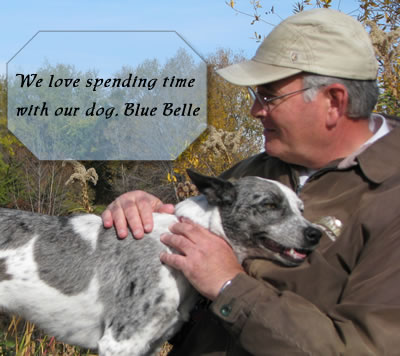Guest Writer: Ryean Bishop
How much do you really know about your pet’s shots? They are the most important factor in keeping your dog healthy, and can make the biggest difference in whether they get an infectious disease or not. About 95% of the dogs who are vaccinated, never get the diseases that they were vaccinated for. Those are great odds, and when it comes to the health of your dog, it’s not worth the risk of refraining from vaccinating.
When a puppy is first born, he or she receives natural immunity from nursing if the mother was vaccinated. After weaning, this natural immunity is gone, and in order to be protected, the puppy needs shots. A puppy at the age of eight weeks will start receiving shots. They will need a series of shots that are usually every three weeks with a total of three rounds.
After they are initially vaccinated, pets need to keep up their immunity by staying vaccinated. Most vaccinations expire after one to three years, and after that point, they need another shot. This keeps them protected from infectious diseases and gives them a better likelihood of a good quality of life. Also, if you want to get your dog groomed or boarded, these facilities usually require current vaccinations for each dog, so that no pets get infected while they are there.
The key things to vaccinate against are Rabies, Parvovirus, Distemper, Hepatitis, Parainfluenza, Bordatella, and Heartworm. All of these cause different symptoms that make dogs incredibly sick. Getting your dog vaccinated means that the veterinarian gives the dog a shot of the actual virus itself, so that the dog’s body can naturally produce antibodies to fight it. The vet will tell you how long your dog will have immunity from this particular disease, and after that it is important to renew your dog’s shot.
Although that sounds like a lot of shots, there is a five in one shot that includes immunity against five diseases with only one shot. Sometimes veterinarians will give heartworm pills to dogs instead of a shot, and some vaccinations can be done by squirting a liquid into the dog’s already wet nose to breathe in. When an actual shot needs to be given, it is usually done around the shoulder blade area. There may be some tenderness in the area of the shot for the next day or so, but they will not be showing symptoms of the actual disease because they are injected with a very small amount of it.
It is extremely important to vaccinate your dog to keep them happy and healthy. Check your dog’s vaccinations today to make sure that they are 100% protected from infectious disease.
Author Bio – Ryean Bishop is a veterinarian’s assistant who loves working with animals and keeping them healthy so they can enjoy life. Click here to learn more about tips for keeping your dog healthy.





